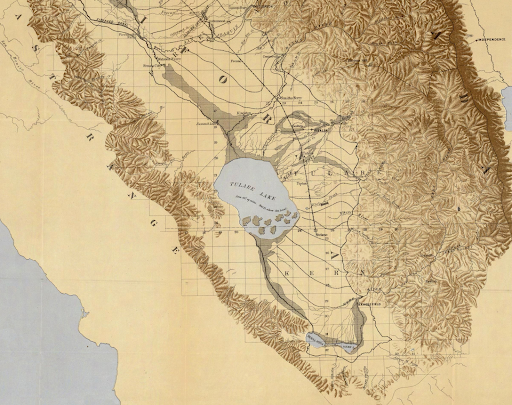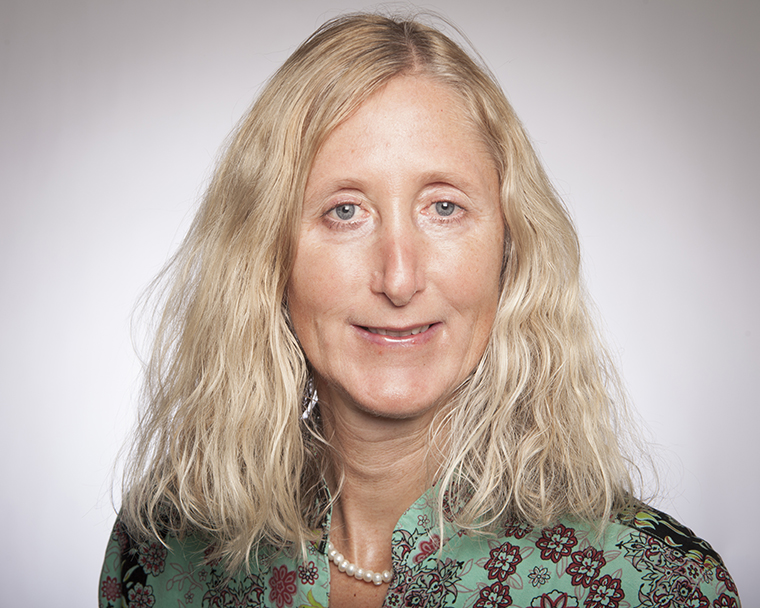Water Stories
By Iris Stewart-Frey
As a college student, I once saw a documentary about the life of the Navajo, who have carved centuries of civilization out of the unforgiving dryness of the southwestern desert. A leader of the Navajo Nation demonstrated how his grandmother used to take each used dish and carefully rub it with sand for cleaning. Just at the very end of the process, she would use an ever-so-tiny amount of precious water for a final rinse. It was a labor of love, full of reverence for water as the giver of life.
***
This is not the kind of time at Santa Clara I had expected for this story. There are a lot of important stories to tell at this moment. Stories of a pandemic that has robbed so many of life, health, livelihood, human contact, innocence, and normalcy. Stories of students whose own life story was cut short in painful ways, but who will remain part of our common story, part of who we are, as our own story develops. At times like this one, it may seem as if there are no other stories, as if the stillness of this time drowns out the everyday stories, just like our previous busy-ness drowned them out. And yet, maybe it is especially in this time of stillness that our ears are sharper and we are able to hear the everyday kind of stories that just sit there and patiently wait for our attention, and even more importantly, for our action. The story I have wanted to tell is the everyday story about water in California.
I look down on the world professionally - meaning, that I use Geographic Information Systems (GIS) in my teaching and research. GIS, very similar to Google Maps, lets us take a bird’s eye view of the land surface with satellite imagery and analyze what we see. When I look at the suburban neighborhoods of Santa Clara and surrounding San Jose I am dumbfounded every time at the number of sparkly pools and shimmering lawns near campus. Likely, very few of the people reading this post will think twice about turning on their taps for a fresh drink of water or a relaxing shower.

Fig. 1: On the left: Swimming pools and lawns in the neighborhoods surrounding Santa Clara University. On the right: Unincorporated community in between irrigated fields in Stanislaus County (Central Valley)
Less than a two-hour drive away from Santa Clara University, in the Salinas and the Central Valleys, the lawns and swimming pools of the Bay Area give way to fields and brown stubble in between which inconspicuous small communities pop up, many of which are not connected to public water systems, instead relying on household wells or small water systems that draw on shallow groundwater and do not have the resources to secure other water sources or conduct frequent testing. Redlining and other policies have frequently and actively kept those communities outside of boundaries with water service. Here we find families, most of them families of color, who cannot drink the water out of their tap, either because there is literally no water coming out - we are currently in an extreme drought - or because that water is laden with chemical substances that impact your health, like salts, organic pesticides, or nitrate.
Ironically, with the passage of AB 685 in 2012 (The Human Right to Water Bill in California), California became one of the first states in the United States to recognize the human right to water. California now has a comprehensive law guaranteeing the right to safe, affordable water without discrimination and prioritizing water for personal and domestic use, yet implementing this right has been painfully slow and requires some long hard looks as well as a looking heart.
I recently had the opportunity to view one of the first maps that Europeans made of California as a state. That map, as well as travel reports of the time, reported a large lake, Tulare Lake, at the southern end of the Central Valley. If you drive south on I5 these days, you will find a dust bed in its place. It has since dried up along with the marshes and millions of water birds and deer and antelope that once were abundant in the Central Valley from Chico to Bakersfield. The water to sustain those ecosystems has disappeared over the past 150 years as a result of our taking millions of gallons of water every day out of the rivers and the ground and using that to sustain our cities, food production, and economy. What is left is often little and lifeless. And the disappearances of water and their ecosystems are ongoing.

Fig 2: 1873 Map of Tulare Lake. The Tulare Lake was once considered the largest body of water west of the Mississippi.
At this very moment, the agency that supplies water to wealthy San Francisco and a good chunk of the Bay Area, locations that are full of environmentally minded folks, is trying to avoid an agreement that would secure sufficient water during drought for iconic salmon runs in the Tuolumne River - a river that originates near Yosemite and crosses the Central Valley. The salmon have been, and continue to be, a source of spiritual and bodily nourishment for Native peoples for thousands of years. Once these salmon runs are lost we will not be able to bring them back.
Yet very few people actually pay attention to the protection of keystone species or to the people whose wells are dry. I have long wondered what it will take that we collectively care enough to make change before it is too late? We scientists are notoriously pathetic at telling stories. Our graphs, tables, papers and equations are handy for water accounting and legal arguments, but they often fail to spark the imagination or to touch the core within us for the truly transformative change needed to protect water from pollution and overdraft and for our souls, and to create water justice for all, including ecosystems, to get back to the reverence and humility to live within our water means, to live the connection between water and life.
***
Over the past two years, I had the opportunity to collaborate with a powerful and committed group of dancers and theater people on “The Water Project,” led by David Popalisky, which was produced live at Santa Clara University in early October. In that project, artists, scientists, and engineers came together to tell the story of water through our senses, its beauty, its power, and its need for protection. The work on this project allowed me to put aside the science part of water and elevate my experience of water. Knowing is not enough for humans to connect. That connection must involve the heart and the soul as well. While the sciences make us think and find solutions, we need the connection to the arts and humanities to make us care to grasp the essence of water and its closeness to our own.
Panta Rhei - everything flows - is the philosophy attributed to the Greek thinker Heraclitus, and that certainly applies to the intersection of dance and water, flowing bodies and flowing life source, telling California water stories.
